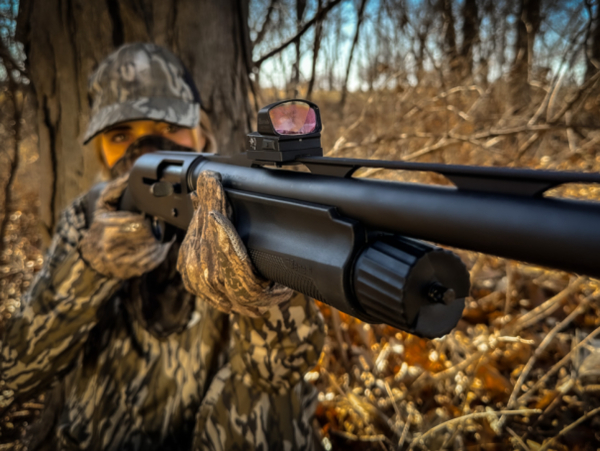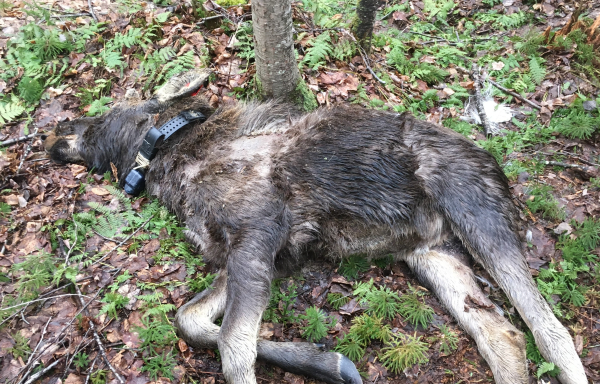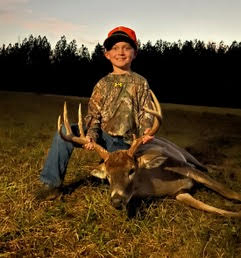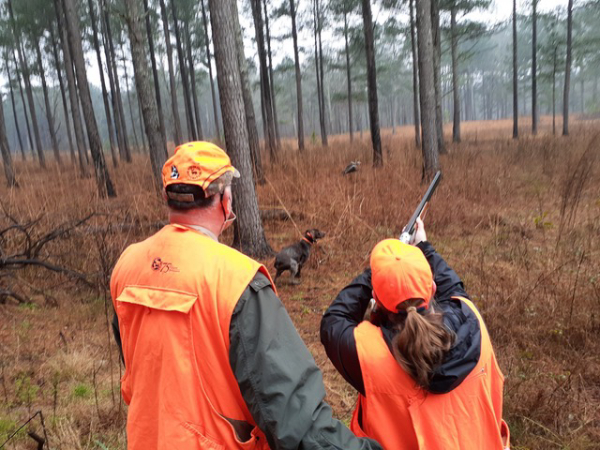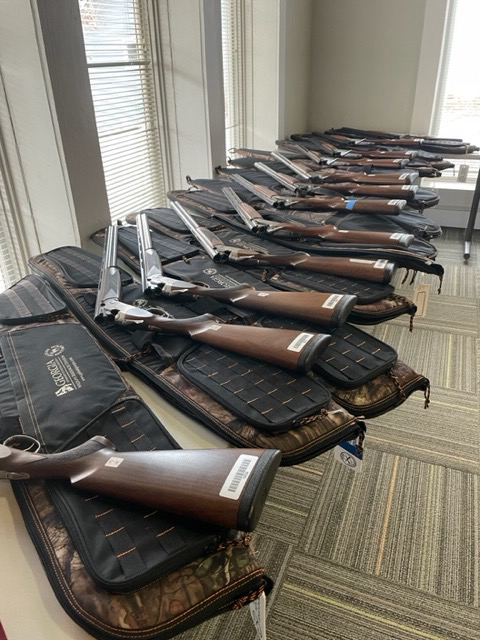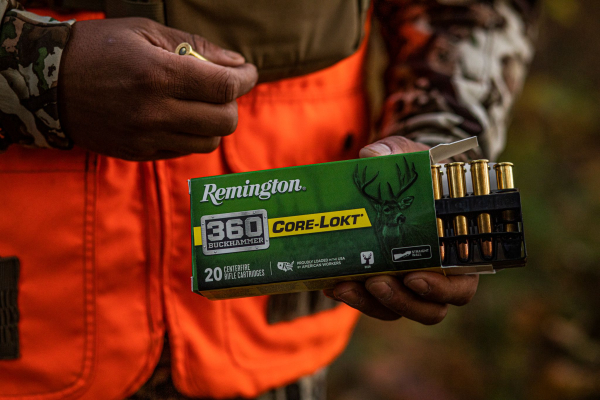onX: New Easement Data Unlocks 32,000+ Acres of Western Land
Missoula, Montana — onX has recently added 2,801 access routes to 32,505 acres of public land in Arizona, Colorado, Idaho, Montana, Nebraska, Nevada, New Mexico, South Dakota, Utah, and Wyoming to its app thanks to map digitization efforts by the Bureau of Land Management (BLM) and United States Forest Service (USFS).
These public land acres were previously thought to be landlocked, or inaccessible without permission from neighboring landowners. By digitizing easement information sometimes stored away for decades in filing cabinets and dating as far back as the late 1800s, the BLM and USFS are making thousands of access points to public land more visible. onX has worked with the BLM and USFS to provide a single, convenient location for the public to find this information via its mapping and navigation app.
In 2019, the BLM began a pilot project in its Montana/Dakotas District to digitize road and trail access easements. The USFS also began digitizing its easements, including rights-of-way in each of their regions, and in 2020 a group of onX geospatial analysts met with local USFS personnel to better understand this complex process. Then in early 2022, the Modernizing Access to Our Public Land Act (MAPLand Act) was signed into law. Read more

